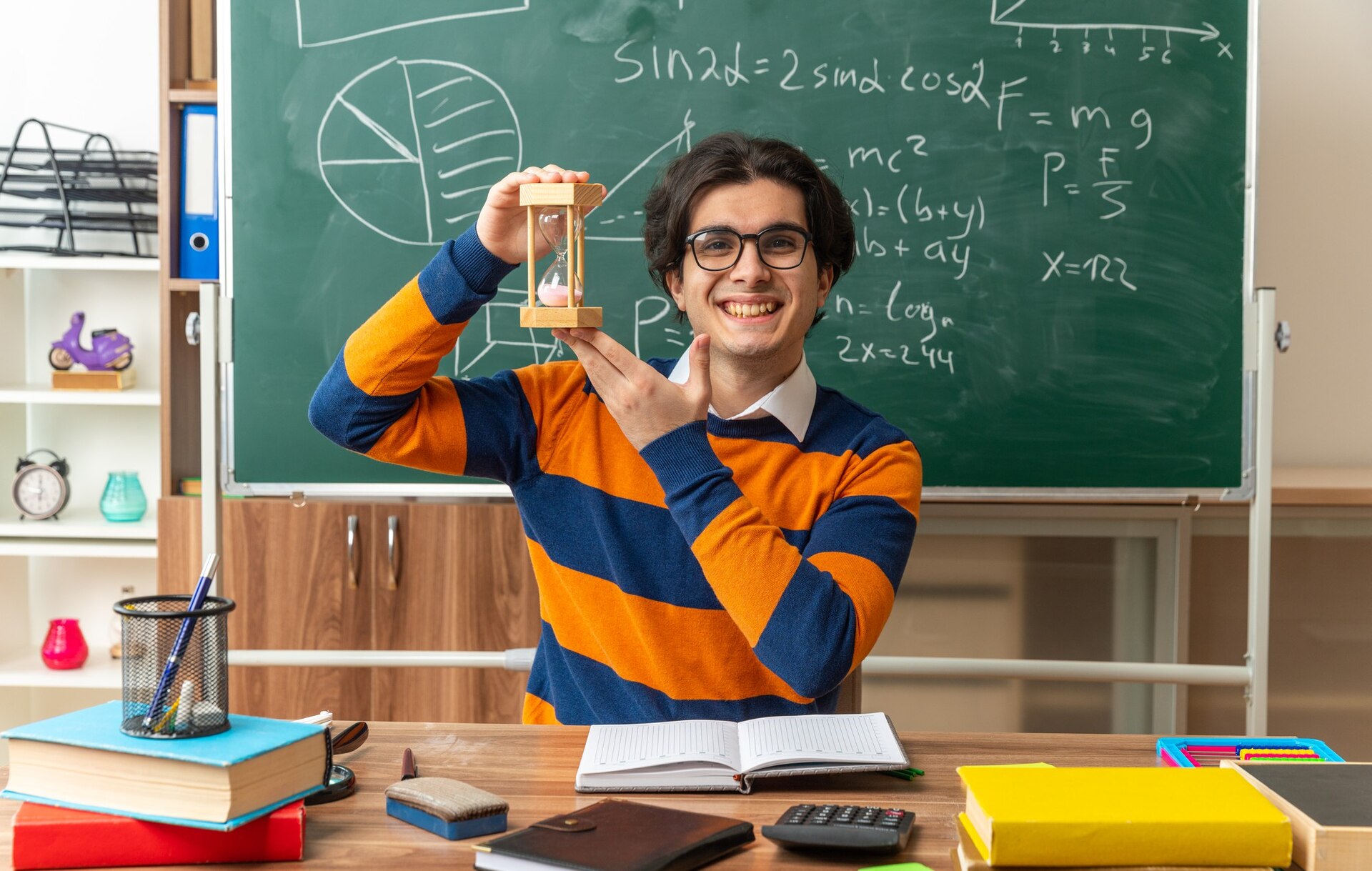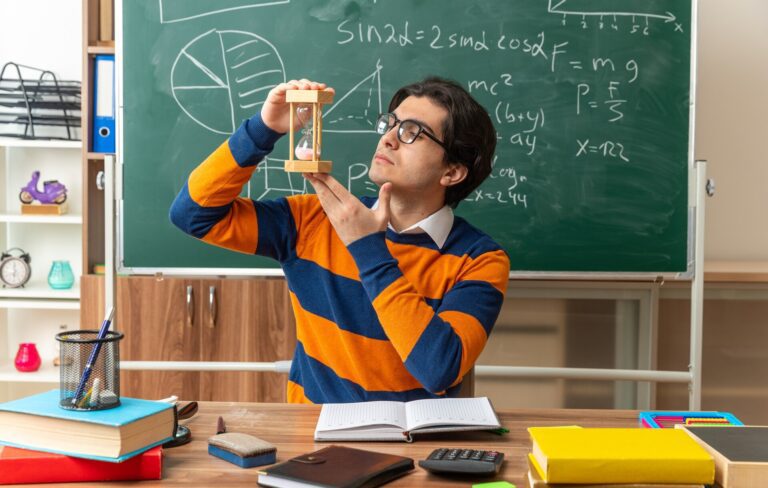Are you looking for interactive simulations and educational resources for physics learning? Look no further than The Physics Classroom! This online platform offers a wide range of tutorials, lesson plans, and more to help you understand and learn about physics concepts. Whether you’re a student or a teacher, you can explore the various resources available to enhance your physics education. From interactive simulations to engaging educational materials, The Physics Classroom has everything you need to succeed in your physics studies. So, why wait? Dive into the world of physics education and discover the wealth of resources waiting for you at The Physics Classroom.

5 Keys to Mastering Physics Education
Physics education can be challenging, but with the right approach, it can be mastered. Firstly, understanding the fundamental concepts is crucial. Secondly, applying critical thinking skills to problem-solving is essential. Additionally, seeking out additional resources and support can greatly enhance learning. Furthermore, practicing regularly and seeking feedback can lead to improvement. Lastly, staying curious and engaged in the subject can make the learning process more enjoyable and effective.
10 Simple Methods for Learning Physics
1. Engage in Hands-On Experiments
2. Seek Help from Physics Tutors
3. Utilize Online Physics Resources
4. Practice Problem-Solving Techniques
5. Join Physics Study Groups
6. Watch Educational Physics Videos
7. Read Physics Textbooks and Journals
8. Use Flashcards for Key Concepts
9. Stay Curious and Ask Questions
10. Apply Physics to Real-World Scenarios
5 Steps to Understanding Physics Concepts
Understanding physics concepts is essential for mastering the subject. To achieve this, students can follow a systematic approach.
Step 1: Build a Strong Foundation
Start by grasping the fundamental principles of physics, such as Newton’s laws and the laws of thermodynamics.
Step 2: Practice Problem-Solving
Apply the concepts learned by solving a variety of physics problems to reinforce understanding.
By following these steps, students can gain a deeper understanding of physics and improve their performance in the subject.
The Physics Classroom: Interactive Simulations
Interactive simulations are a valuable tool for enhancing physics education. These simulations provide hands-on learning experiences that engage students in the subject matter.
Engaging Learning Experiences
Interactive simulations offer students the opportunity to explore physics concepts in a dynamic and interactive way, making learning more engaging and effective.
Real-world Application
By using interactive simulations, students can see how physics concepts apply to real-world scenarios, helping them to better understand and appreciate the relevance of physics in their everyday lives.
5. Educational Resources for Physics Learning
Explore a variety of educational resources to enhance your physics learning experience. From online tutorials to interactive simulations, there are numerous tools available to help you grasp complex physics concepts.
Interactive Simulations for Hands-On Learning
Engage in interactive simulations that allow you to experiment with physics principles in a virtual environment. These simulations provide a hands-on approach to learning and can help solidify your understanding of key concepts.
Comprehensive Tutorials and Lesson Plans
Access comprehensive tutorials and lesson plans that cover a wide range of physics topics. These resources offer in-depth explanations and examples to support your learning journey.
Explore Tutorials and Lesson Plans
Learning physics can be challenging, but with the right resources, it can become an enjoyable experience. By exploring tutorials and lesson plans, students can gain a deeper understanding of complex physics concepts.
Interactive Online Tutorials
Online tutorials provide interactive learning experiences, allowing students to engage with physics concepts in a dynamic way.
Hands-On Experimentation
Lesson plans often include hands-on experimentation, giving students the opportunity to apply theoretical knowledge to real-world scenarios.
Visual Learning Tools
Visual learning tools, such as diagrams and animations, can help students grasp abstract physics concepts more easily.
Problem-Solving Strategies
Tutorials and lesson plans often include problem-solving strategies, helping students develop critical thinking skills in physics.
Collaborative Learning Opportunities
Exploring tutorials and lesson plans can also provide collaborative learning opportunities, allowing students to work together to solve physics problems.
Interactive Simulations for Physics Education
Interactive simulations are a crucial tool for mastering physics education. These simulations provide hands-on learning experiences that help students understand complex concepts. By actively engaging with the material, students can develop a deeper understanding of physics principles.
These simulations offer a dynamic way to explore and experiment with various physics phenomena. Through interactive activities, students can observe cause-and-effect relationships, conduct virtual experiments, and analyze real-world applications of physics concepts. This active approach to learning fosters critical thinking and problem-solving skills, making physics education more engaging and effective.

